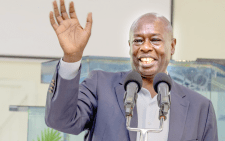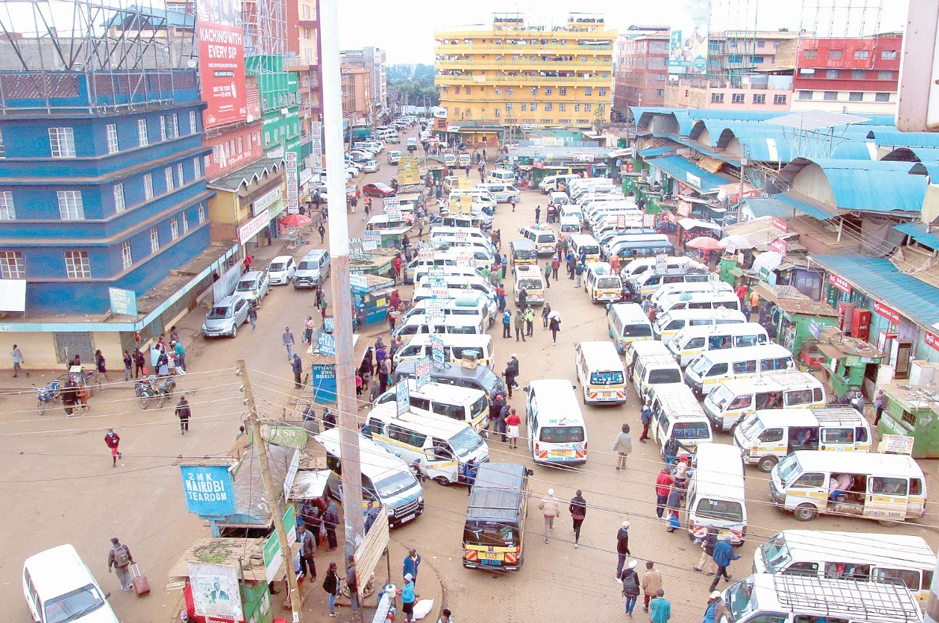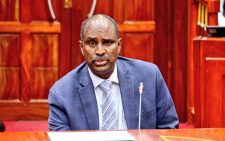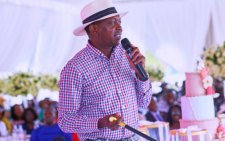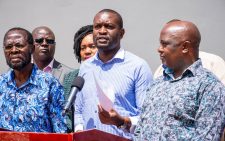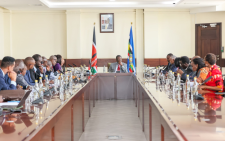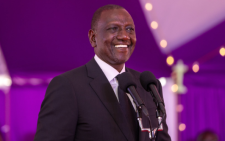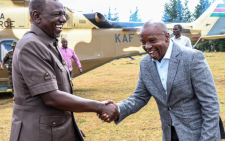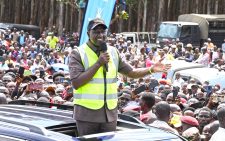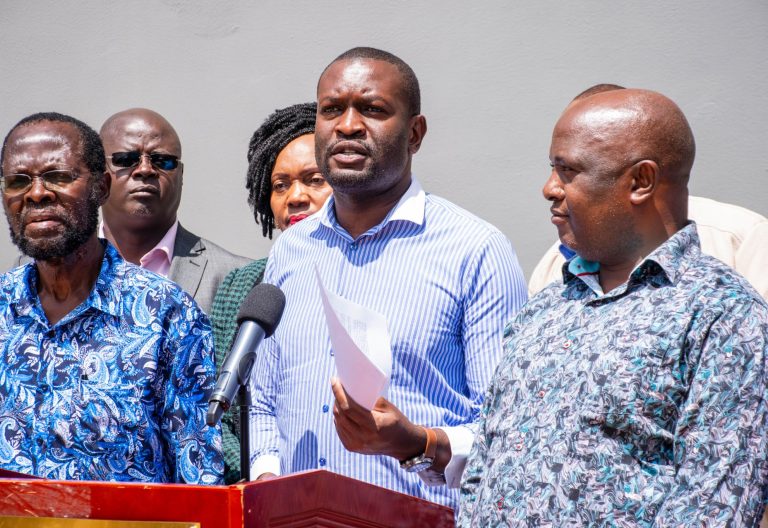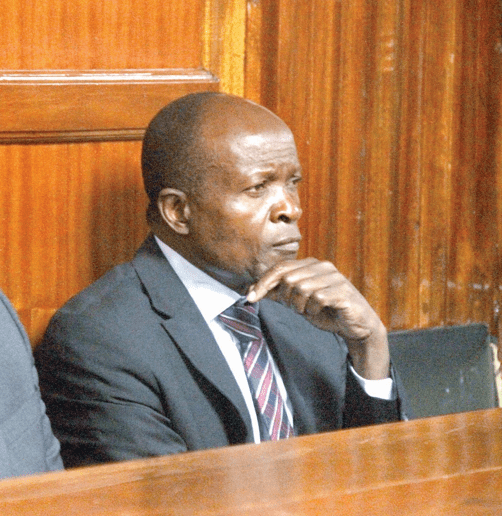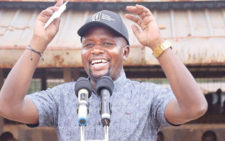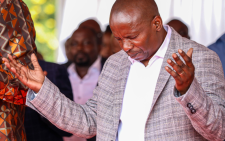Delivery of 2010 Constitution tops Kibaki’s legacy

The events of August 27, 2010, at Uhuru Park in Nairobi when President Kibaki held a copy of the new Constitution aloft, canons broke into a 21-gun salute and a military parade recited the national anthem to celebrate the promulgation of the new law, marked one of the proudest moments of his presidency.
With a stroke of his pen, Kibaki, who then was recovering from a political storm following the killing of more than 1,300 people and displacement of 300,000 during the 2007/08 post-election skirmishes, sparked new hope for the country after a 20-year long struggle.
Kibaki midwifed the birth of the 2010 Constitution which was overwhelmingly approved by voters during the August 4, 2010 referendum, and which was a fulfillment of his campaign pledge to give the country a new law, but which had remained elusive for eight years.
During the 2002 election campaigns, the National Rainbow Coalition (Narc, of which he was the presidential candidate, had promised to change the Constitution within months of taking office.
Hurdles erected
His eventual success in 2010 became one of his major legacy projects.
“I, Mwai Kibaki, President and Commander-in-Chief of the Armed Forces of the Republic of Kenya, declare that the Constitution set out in the schedule shall be the new Constitution of Kenya, with effect from 27th August, the year 2010,” Kibaki said amid cheers from a huge crowd.
Ekur Aukot, who was among the builders of the Constitution, says although there were a lot of hurdles erected by Kibaki’s men on the path to the new Constitution, the President accorded the team and the country the right political environment for the review.
“There was a lot of pressure, locally and internationally because of the 2007 post-election chaos which gave birth to the National Accord, and in it, a new Constitution was part of the agenda. Kibaki gave the goodwill and was always available for the team. Though there was a lot of frustrations from some of his men, the country got a new law,” he said.
Campaign pledge
Aukot, who was a member of the Committee of Experts on Constitutional Review, said the Orange Democratic Movement leader Raila Odinga, who was Prime Minister in the Grand Coalition government, played a critical role in ensuring the document that gave Kenya a new dispensation sailed through.
According to Aukot, apart from giving the team the necessary support, he actively participated in the process, notably when he graced the unveiling of the harmonised draft at Kenya International Convention Centre (KICC) in November 2009, and a video of the post-poll chaos, that was played at the event, moved him almost to tears.
The 2010 success followed a failed attempt in 2005 when the then Opposition leader Uhuru Kenyatta teamed up with then Cabinet minister Raila and other Narc leaders to hand him a humiliating defeat in the referendum.
Prior to the 2002 General Election, Kibaki and Raila had made an election pledge to deliver a Constitution that would create the position of prime minister.
But after winning the presidency, Raila’s side of the coalition accused Kibaki of reneging on his pledge to whittle the powers of the presidency and creating the position of prime minister.
This led to the fallout in the referendum and the sacking of Cabinet ministers who had opposed the proposed Constitution. The Orange Democratic Movement party emerged from the failed referendum.
The Independence Constitution was negotiated with the British in the early 1960s and by the time the country was getting a new one, it had been mutilated to serve the interests of the Executive in the Kanu regime which was accused of presiding over electoral injustices, human rights abuses and atrocities targeting dissenting voices.
The repeal of Section 2A on the independence Constitution in 1991 by President Daniel arap Moi to allow for multiparty democracy following local and international pressure, as well as serious flaws in the1992, 1997 and 2007 elections, gave impetus to the reform journey that would yield a new Constitution 18 years later.
2005 referendum
In 1998, Raila successfully moved a motion in Parliament to create a select committee for the review of the Constitution, which he chaired to form the Constitution Review Act.
The committee appointed commissioners led by Prof Yash Pal Ghai. The process of creating a new Constitution started in Bomas of Kenya where a draft was prepared but according to Raila, “at the tail end, there was a split among delegates some of whom staged a walk out” and later went to court to block the commission from tabling the draft in Parliament.
The Constitution of Kenya, 2004 – the so-called Bomas Draft – was then taken to Kilifi where the government’s side was accused of changing it to come up with the “Wako draft” (named after then Attorney General Amos Wako) and which Raila successfully campaigned against in 2005 after a fallout with Kibaki.
According to a study on the Kenyan journey to new Constitution, Kenya: The struggle for a new constitutional order by Nordic Africa Institute and the Institute for Development Studies, University of Nairobi, the push for constitutional reforms that began in the mid 1990s was beset by a series of subversions and manipulations.
Narc came into power in 2002 after campaigning on a platform for a new constitution but the promise, the study says, was to be betrayed after a popular draft was torpedoed and the diluted proposal of the conservative wing of the divided government was rejected resoundingly in a referendum in 2005.
After the 2007/08 post-election skirmishes that erupted after Raila rejected the poll results on grounds of rigging, and the creation of the National Accord negotiated by the international community through the former Secretary General of the United Nations Kofi Annan, activities to review the constitution resumed and a team converged in Naivasha to refine the document.
Kibaki led other politicians, including Raila and Uhuru, who had supported him in the 2007 election, to successfully sell the “Yes” campaign.
Then Cabinet Minister William Ruto and a group of church leaders campaigned against the proposed Constitution.
The “Yes” side emerged victorious, paving way for a new Constitution.
